Product Overview:
The Arduino Nano V3.0 is a compact, breadboard-friendly microcontroller board based on the ATmega328. Despite its small size, it packs the same functionality as the Arduino Duemilanove but in a smaller package, making it perfect for projects with limited space. It operates at a 5V logic level and is perfect for beginners, hobbyists, and makers looking to develop electronics projects. The board comes with a Mini-B USB cable for easy connectivity.
Key Features:
- Microcontroller: ATmega328 running at 16 MHz
- Compact Design: Small form factor perfect for breadboard use
- Power Options: Powered via USB or external power (7-12V)
- I/O Pins: 22 digital I/O pins (6 of which are PWM)
- Digital I/O Pins: 14 pins, 6 of which are PWM-capable
- Analog Input Pins: 8 for precise analogue sensor readings
- Easy Programming: Supports USB programming and auto-reset
- Mini-B USB Connector: Included USB cable for easy plug-and-play
- Cost-Effective: Affordable option for beginners and educators
Technical Specifications:
- Operating Voltage: 5V
- Input Voltage (recommended): 7-12V
- Flash Memory: 32 KB (2 KB used by the bootloader)
- SRAM: 2 KB
- EEPROM: 1 KB
- Clock Speed: 16 MHz
- Dimensions: 18 x 45 mm
- USB Interface: CH340 for easy connectivity
Applications:
- Prototypin
- Educational Tools
- Wearable Projects
- Embedded systems
- Robotics
- Sensor applications
- DIY electronics projects
Usage:
- Plug the board into your computer using the Mini-B USB cable to upload code using the Arduino IDE.
- Compatible with Windows, macOS, and Linux for easy setup and use.
- Select the correct Arduino Nano board and Old bootloader option in the IDE.
Caution:
- Ensure the proper voltage is supplied to avoid damage.
- Always double-check wiring to prevent shorts or overloading pins.
Troubleshooting Tips:
- If your board is undetected, verify the correct CH340 driver is installed.
- For issues with code upload, ensure you’ve selected the Old Bootloader in the Arduino IDE.
Common Questions and Answers:
- Is the board compatible with all Arduino libraries?
- Yes, the Arduino Nano V3.0 is fully compatible with all standard Arduino libraries.
- Can I use it for battery-powered projects?
- Yes, you can power the board via a 9V battery or any external source between 7-12V.
- Is the Arduino Nano V3.0 compatible with Arduino IDE?
- Yes, the Nano V3.0 is fully compatible with the Arduino IDE, making it easy to program and integrate into your projects.
- Can this board be used for IoT projects?
- The Arduino Nano is ideal for IoT, robotics, and embedded applications.
Resources

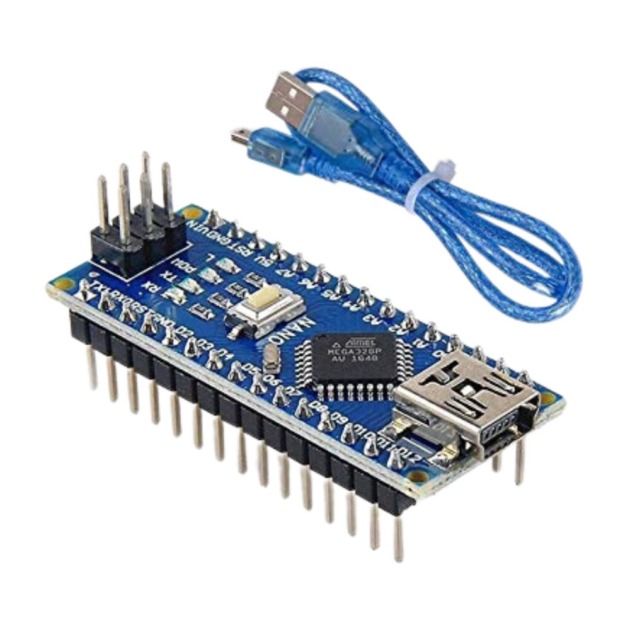
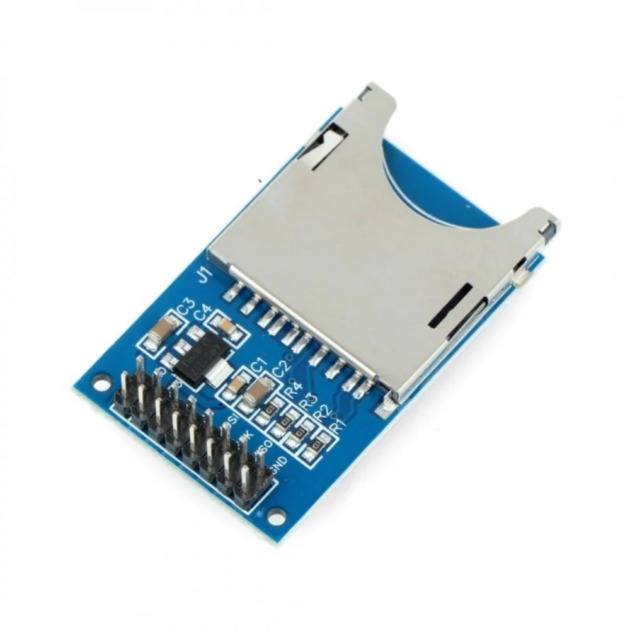
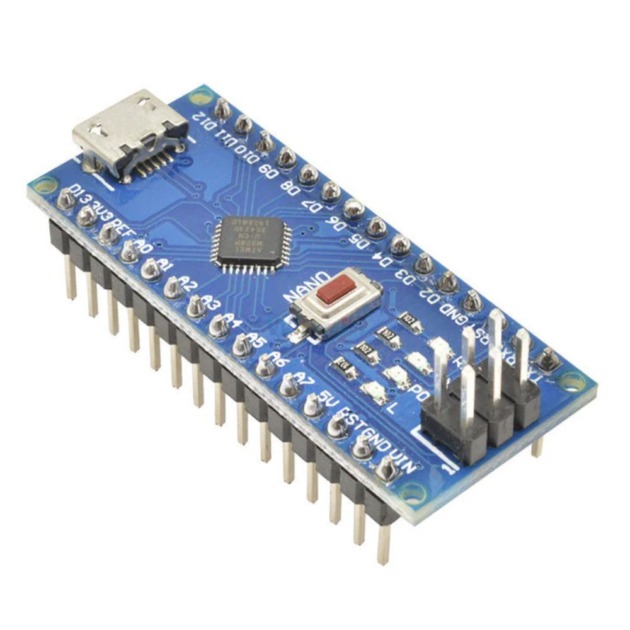
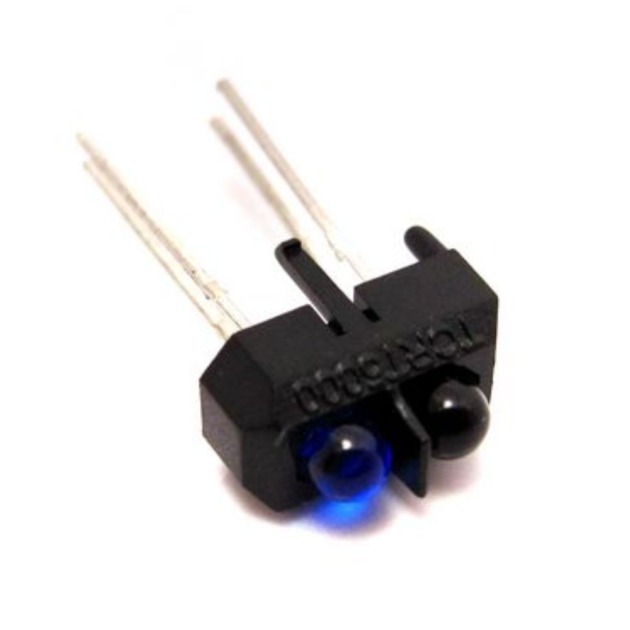
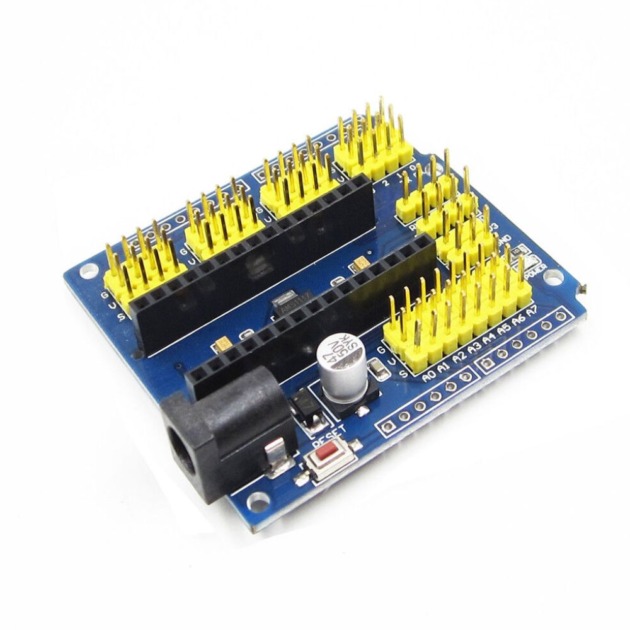
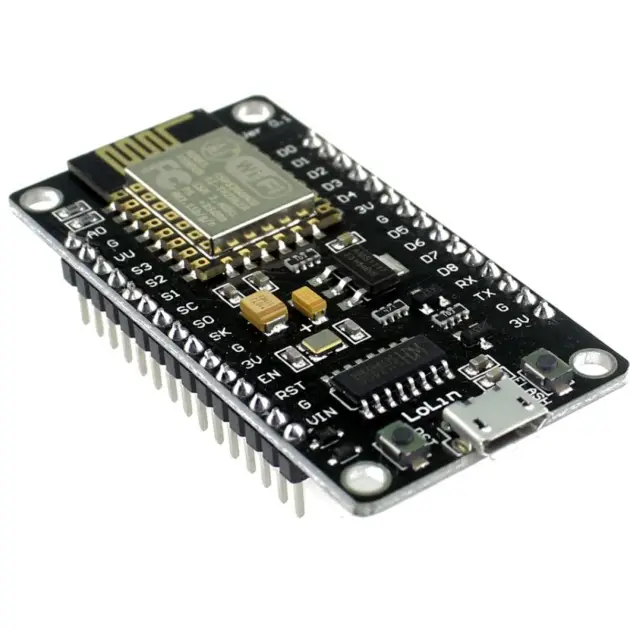
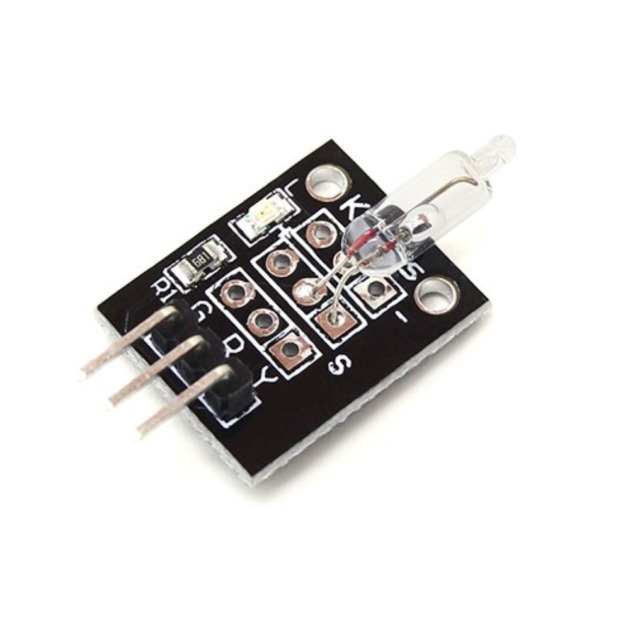
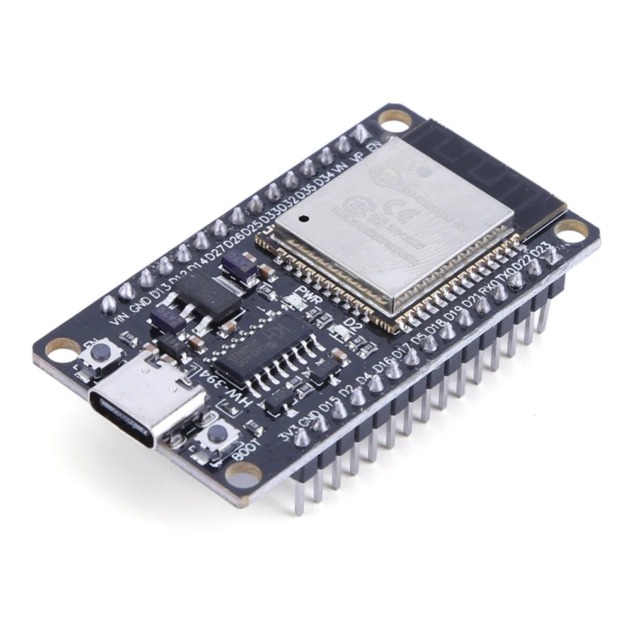

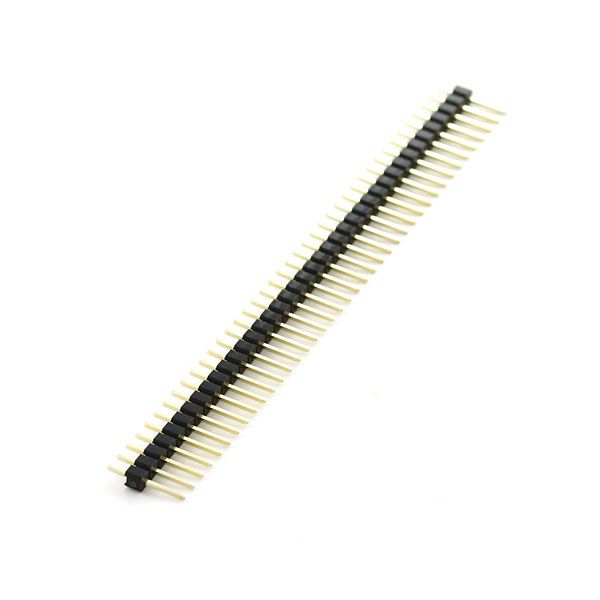
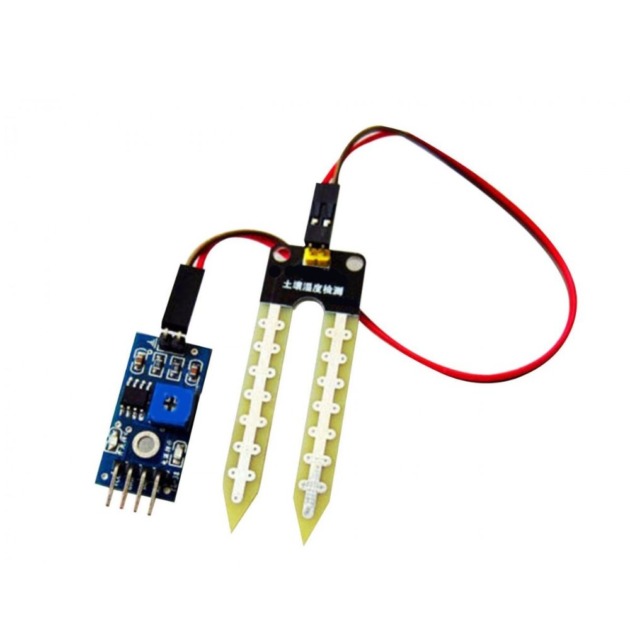
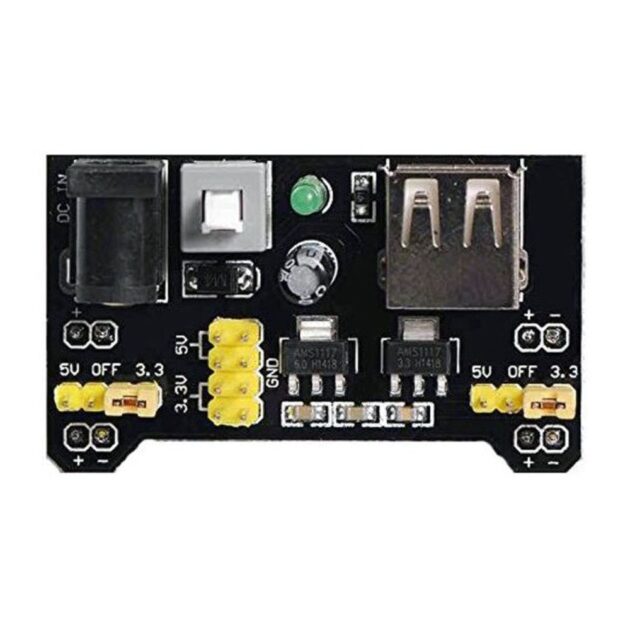
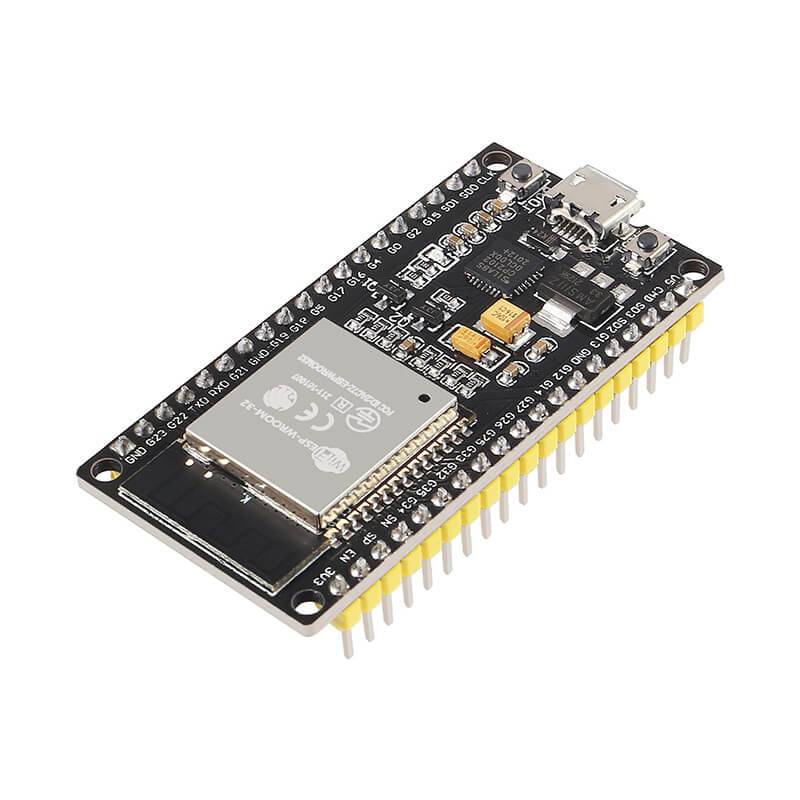
Reviews
There are no reviews yet.